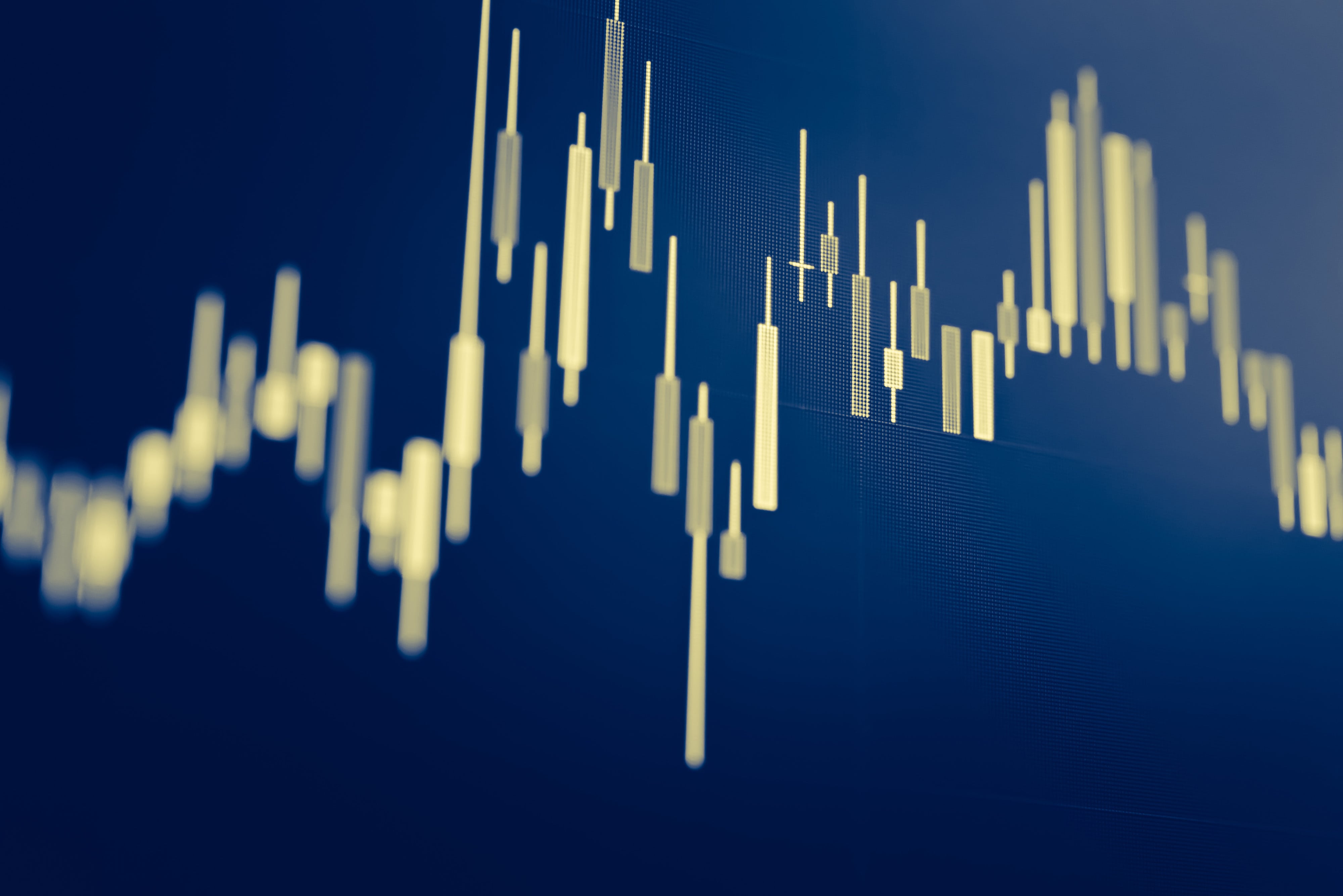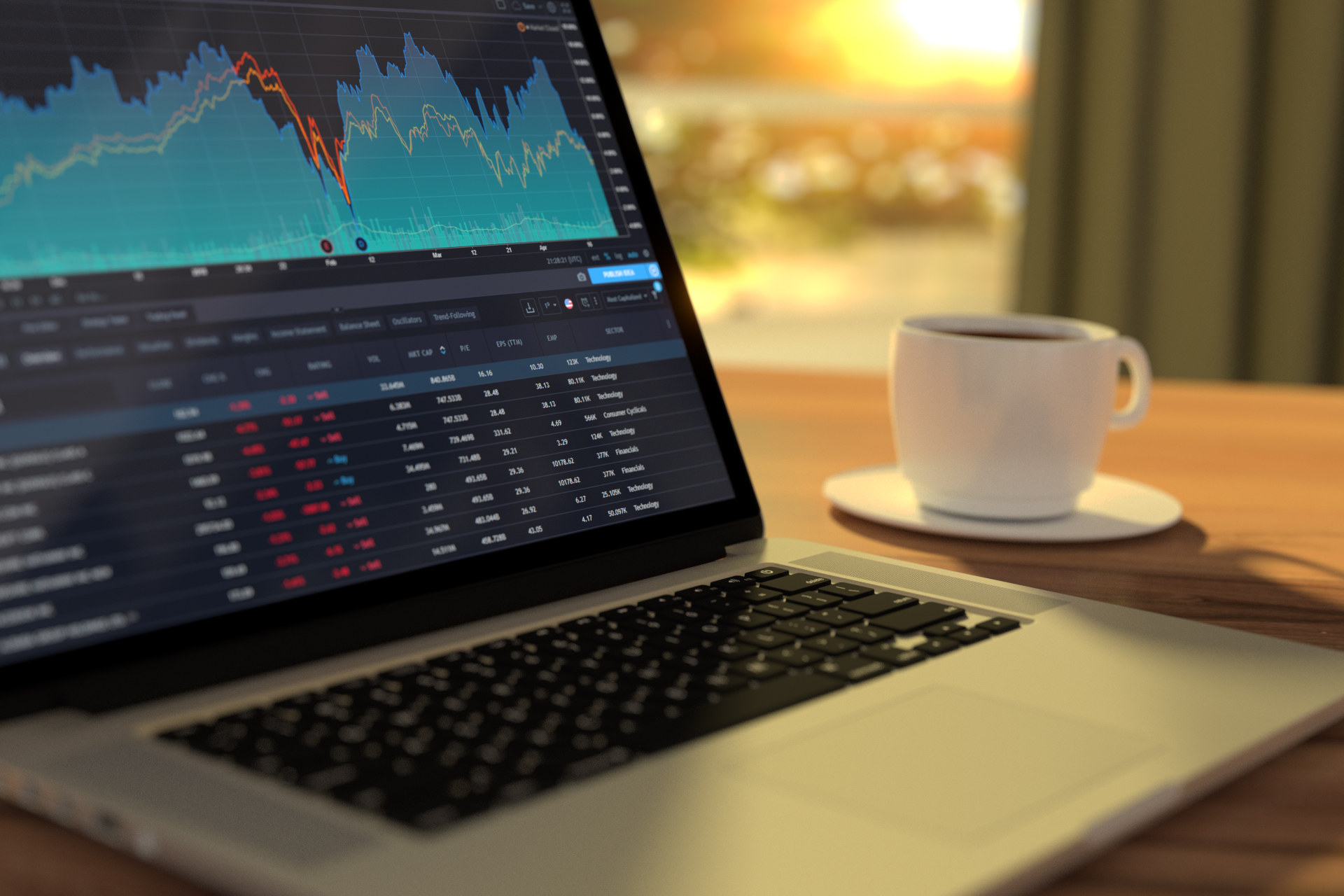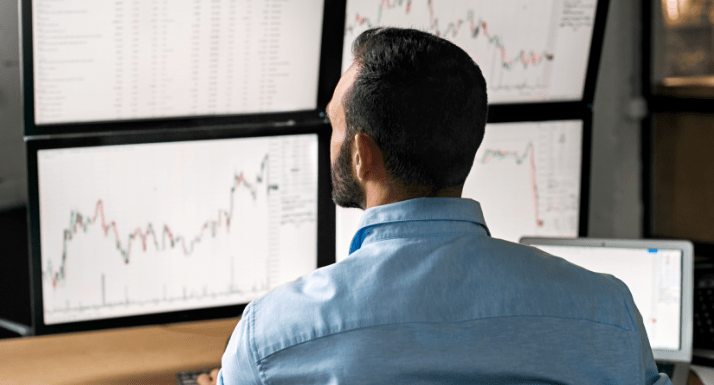ALB Limited 11.07.2022
What is the Fundamental Analysis Term in Forex?
What is the Fundamental Analysis Term in Forex? Forex, also known as foreign exchange or FX trading, is the simultaneous buying of one currency and selling of another. Currency pairs are traded on the forex market. The forex market is open 24 hours a day, five days a week, and is the world's largest financial market with a daily turnover of $5 trillion.Forex is an international market where currencies are traded. It is the world's largest and most liquid market, with a daily turnover of more than $5 trillion. forex is not centralized like other markets, such as the stock or futures market. Instead, it is a decentralized market where trading occurs between two parties over the counter (OTC) or through electronic networks. The forex market is open 24 hours a day, from Monday to Friday. This means that you can trade forex at any time of day, regardless of your location. The forex market is also very liquid, so you can easily buy and sell currencies. So, why is forex so popular?
One of the main reasons forex is so popular is because it offers investors a high degree of leverage. Leverage is a way for investors to control more money than they have in their accounts. For example, if you have $10,000 in your forex account, you can control up to $1 million worth of currency if you use 100:1 leverage. This means that forex traders can make a lot of money quickly but also lose a lot of money just as quickly.
Another reason forex is popular is because it is very volatile. This means that prices can move very rapidly, and this can make forex trading very exciting. Volatility also makes forex an attractive market for speculators, who are always looking for markets where they can make a quick profit.
So, is forex trading right for you? That depends on your investment goals and your risk tolerance. Forex trading may be right for you if you are willing to take on some risk to potentially make a lot of money. However, if you are risk-averse or are looking for a more stable investment, you may want to consider other options.
Trading forex can be simple if you follow these three easy steps.
Step 1: Choose a currency pair
The first step in forex trading is to choose a currency pair. A currency pair is the two currencies that make up a trade. For example, the EUR/USD currency pair is made up of the euro (EUR) and the US dollar (USD) or the USD/GBP currency pair is made up of Great Britain’s pound and United States dollar.
Step 2: Determine the market direction
The next step is to determine the market direction. Will the currency pair go up or down?
There are two ways to predict the market direction: technical analysis and fundamental analysis.
Technical analysis uses charts and indicators to analyze past price movements to predict future price movements. Fundamental analysis looks at economic factors such as inflation, interest rates, and political stability to predict future price movements.
Step 3: Place a trade
Once you have determined the market direction, you can place a trade. There are two types of trades: buy and sell. If you think the currency pair will go up, you will place a buy trade. If you think the currency pair will go down, you will place a sell trade. You can place a forex trade online 24 hours a day, five days a week.
What is a fundamental analysis of trade?
Fundamental analysis analyzes forex pairs by looking at economic, social, and political factors that can impact the price. This type of analysis can be used to help you make trading decisions based on long-term trends.There are three types of analysis in forex: technical analysis, fundamental analysis, and Sentiment analysis.
Technical analysis studies past price movements to identify patterns and predict future price direction.
Fundamental analysis looks at economic factors that can impact forex prices.
Sentiment analysis assesses market sentiment to determine whether a currency is undervalued or overvalued.
One of the key concepts in forex fundamental analysis is interest rates. Central banks use interest rates to control inflation and encourage economic growth. When central banks raise interest rates, it usually has a positive effect on the currency. Higher interest rates attract foreign investment and lead to capital inflows.
For a currency to strengthen, you need strong economic fundamentals. These fundamentals include GDP growth, employment levels, inflation, and retail sales. When these indicators are strong, it indicates that the economy is healthy and growing. This usually leads to higher demand for the currency, which causes it to appreciate.
Forex fundamental analysis can be used to help you make long-term forex predictions. By looking at economic indicators, you can get an idea of where the currency is headed in the future. You can also use this type of analysis to find forex pairs that are undervalued or overvalued.
Many resources are available online if you want to learn more about forex fundamental analysis. You can find books, articles, and even video tutorials that will teach you everything you need to know. Once you understand the basics well, you can begin using this type of analysis to make better forex trading decisions.
Is fundamental analysis important?
Forex Fundamental analysis is a method of evaluating security to determine its intrinsic value. Intrinsic value is determined by factors such as a company's financials, industry trends, political environment, and competitive landscape. Investors use fundamental analysis to make investment decisions to achieve long-term capital growth.There are two main schools of thought when it comes to investing: fundamental analysis and technical analysis. Technical analysis is a technique that focuses on historical price data and chart patterns to predict future price movements. On the other hand, fundamental analysis looks at underlying factors that could affect a security's price.
Fundamental analysis is important because it can give you an edge in forex trading. By understanding the factors that affect a currency's value, you can make more informed trading decisions. For example, if you know that a country's central bank is likely to raise interest rates, you can predict that the currency will appreciate.
While technical analysis is also important, the fundamental analysis should be the foundation of your forex trading strategy. By using both fundamental and technical analysis, you can better understand the market and make more informed trading decisions.














